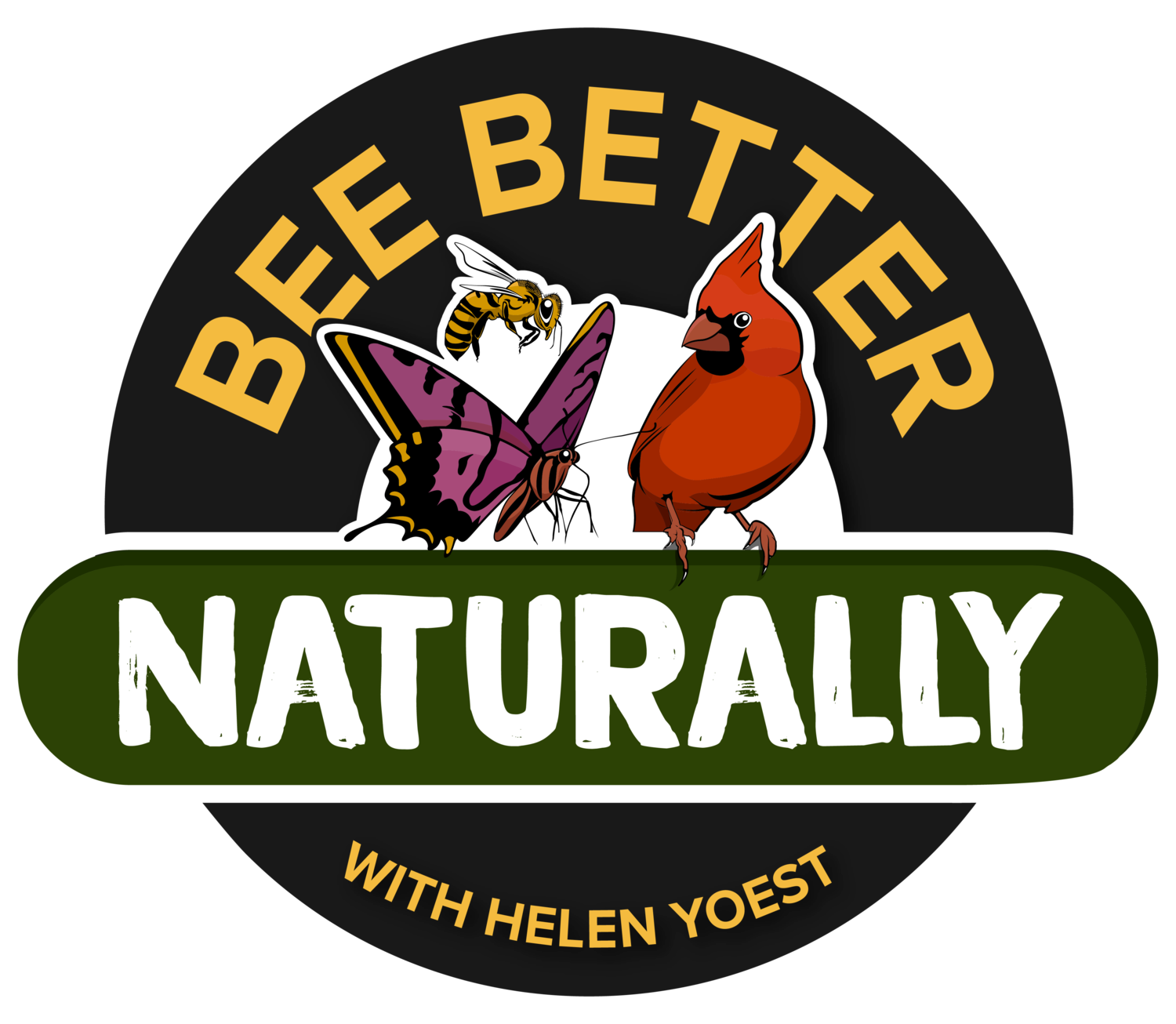Bee Better Naturally prefers using nature as our organic nitrogen source, so our primary fertilizer is composted leaf mulch from the City of Raleigh. After building our soil since 1997, we have the best soil in six states :)
For annuals, we do give them a boost at planting time with an organic fertlizer, and our favorite is Holly Tone products from Espoma.
Most plants like a pH between 6.5 and 7. Hydrangeas like it more acidic than most plants, particularly if you want blue blooms on your mopheads.
Blueberries too want acidic soil. Asparagus prefer an alkaline soil, but we can still grow these in the Raleigh area with the addition of lime.
We at Bee Better Naturally believe that it is ALL about the soil (post coming soon.)
Holly Tone products offers a choice of organic products that can also include amendments to lower or raise pH. To encourage flowering, use a fertilizer low in nitrogen and high in phosphorus. Fertilizer’s three main ingredients are nitrogen, phosphorus, and potassium, or NPK.
10-10-10 means there is an equal proportion N, P, and K.
Hydrangeas like a low N and a high P; thus a combination of 10-40-10 would be ideal, as it would be for any flower-focused plant.
My general rule is to remember what the numbers means. The first number, nitrogen helps from the top of the plant to the bottom. As such, N is for the green, P is for the bloom, and K is for the root or up and down and all around.
To refresh your understanding of pH, it refers to the acidity of the soil and is measured by the number of hydrogen ions present in the soil. It’s a logarithmic scale based on the power of 10. As such, a pH of 6 is 10 times more acidic than pH of 7. Thus, even a little change in pH can make a big difference.
A pH of 7 is neutral.
A pH lower than than 7 is acidic.
A ph higher than 7 is alkaline.
This is what I use from my Blueberries.
Until soon,
Naturally, Helen


